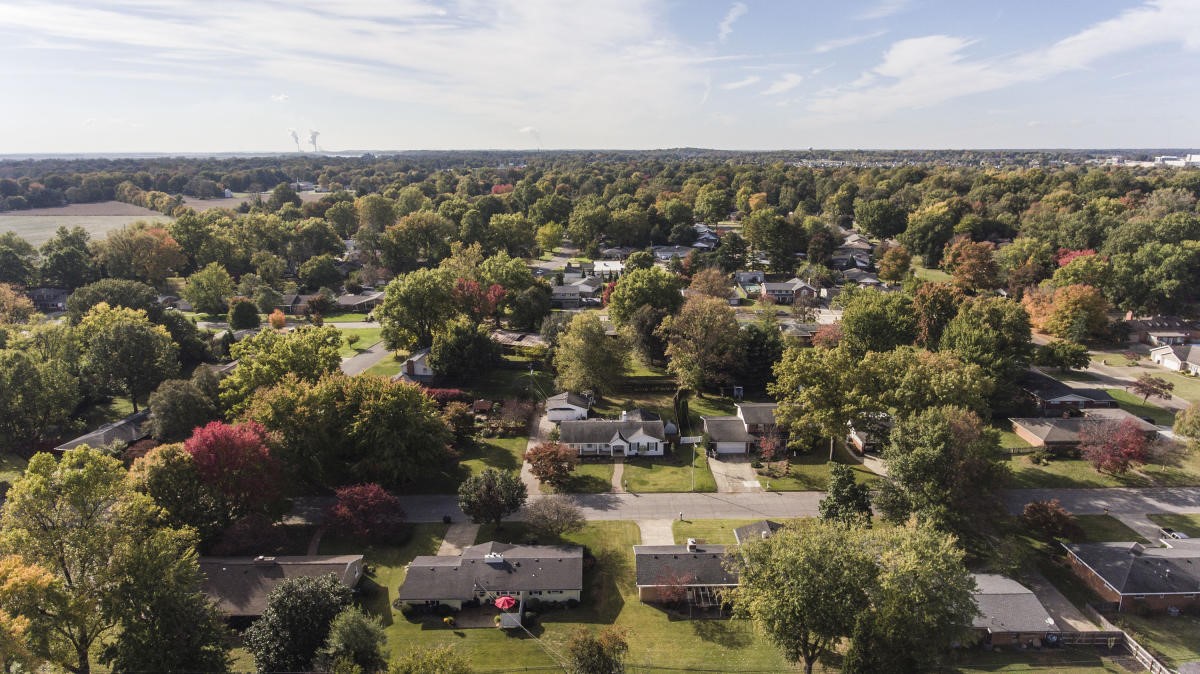Home>Weather and Climate>How Has Tampa’s Temperature Changed Over the Years?


Weather and Climate
How Has Tampa’s Temperature Changed Over the Years?
Published: November 3, 2024
Explore Tampa's historical temperature data to understand the city's weather and climate trends over the years. Discover valuable insights for planning your next trip or study on weather patterns.
(Many of the links in this article redirect to a specific reviewed product. Your purchase of these products through affiliate links helps to generate commission for Temperatures.com, at no extra cost. Learn more)
So, I've been digging into Tampa's historical temperature data, and let me tell you, it's quite a ride. Tampa, nestled on Florida's Gulf Coast, is known for its warm, humid climate. But when you really dive into the numbers, some interesting patterns emerge.
Historically, summer months in Tampa sizzle, with average highs easily hitting the 90°F mark. July and August are particularly notorious for their sweltering heat. But it's not just the heat; humidity levels soar, making the air feel even hotter. Trust me, stepping outside can feel like walking into a sauna.
Winters, on the other hand, are mild and more forgiving. Average lows during December and January hover around 50°F to 60°F. Rarely, cold snaps can bring temperatures down, but snow? That's practically unheard of in Tampa.
Over the years, I've noticed a trend of increasing temperatures. Data shows that average temperatures have been creeping up, a clear sign of climate change's impact even in this sunny city. Rainfall patterns are shifting too, with storms becoming more intense.
In short, Tampa's weather history is a mix of predictable patterns and surprising shifts, a testament to both its geographical location and the broader impacts of climate change.
















